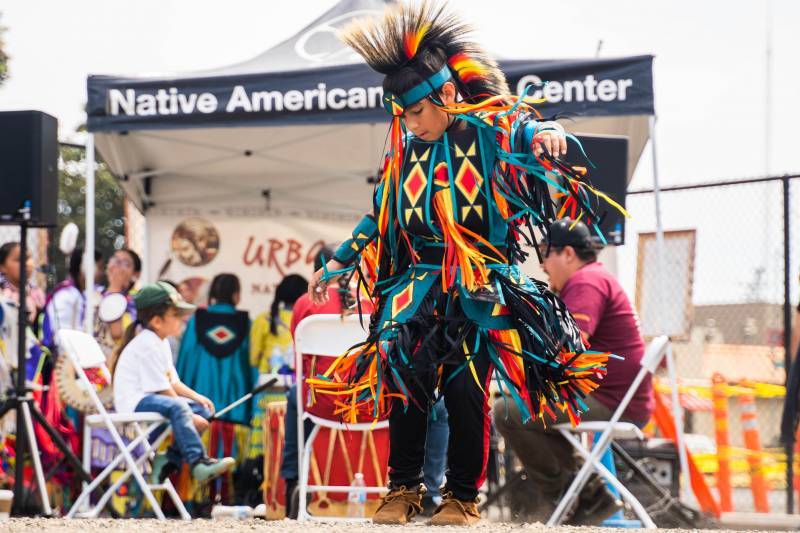Effects of Domestic Violence on Indigenous Communities
Colonialism and its Impacts on Native American Culture
When it comes to understanding the effects of domestic violence on Native American culture, it first becomes imperative to understand the lifestyles and beliefs that are represented within Orange's novel before making any sort of conclusions about Orange's writing strategies.
Before we get into the effects of domestic violence on Indigenous communities, some background about the culture before colonialism is essential in connecting this to the novel as a whole. What Orange's novel talks about is how Native American culture was suppressed because of "colonial desire" and actions that were taken (Brickhouse 42). However, I want to talk about what some aspects of the culture were like before colonists had the "desire" to make many native people assimilate into their ways of living. James Cox, explains that many parts of Native American culture honored this sense of "brotherhood" within the community where people would come together to make the land that they resided on feel like a place that they belonged to (Cox 567). With this, we can begin to notice that this sense of community was eventually dismantled because of the stereotypes, assumptions, and ideologies that colonists had placed on Native American people. When we begin to take a look at the effects of "colonial desire" this tends to displace people, making them question their sense of self-worth and identity.
Native American Identity and Domestic Violence
One of the immediate things that becomes essential to note in the novel and the Native American lifestyle is that culture is heavily influenced by the "colonial desire" to have everyone assimilate to white ideologies (Brickhouse 42). Back in the early "colonial" era, colonists had changed the Native American person's lifestyle quite drastically, especially when it came to trying to form diplomatic relationships with natives that ultimately resulted in their land being stolen from them and eventually feeling displaced from a place that they once had called home. Tommy Orange talks about this feeling of displacement, especially when he consistently refers to various artists and writers who relate to the feelings of being out of place and lost. One of the artists that he incorporates into his novel to showcase this confusion is the poet Gertrude Stein who talks about the trauma of not remembering a place that she used to call home. Orange amplifies his own experiences as a Native American and through Gertrude Stein's writing Oakland is changing believing that "There is no there there" (Orange 39). With this, we can notice that this sense of displacement is caused by the years and years of "colonial" ideals that have traumatized generations upon generations of Native American people. Even the same ideas of displacement can be seen within the characters Jacquie Red Feather and her daughter Blue. The line "there there" can be seen as something that has been used to comfort people in times of trouble however, "there" is no way to give that sense of comfort as Orange attempts to show that Native American people within the Oakland community including Jacquie and Blue are used to being seen as the underdogs of the country. These two characters bring up the idea of how domestic violence has been able to single out many different marginalized demographics, especially when it comes to targeting "...a whole line of women" (Orange 110). In understanding this, it becomes apparent that we learn more about the effects of how domestic violence has come to affect a sub-sector demographic: Native American women.
